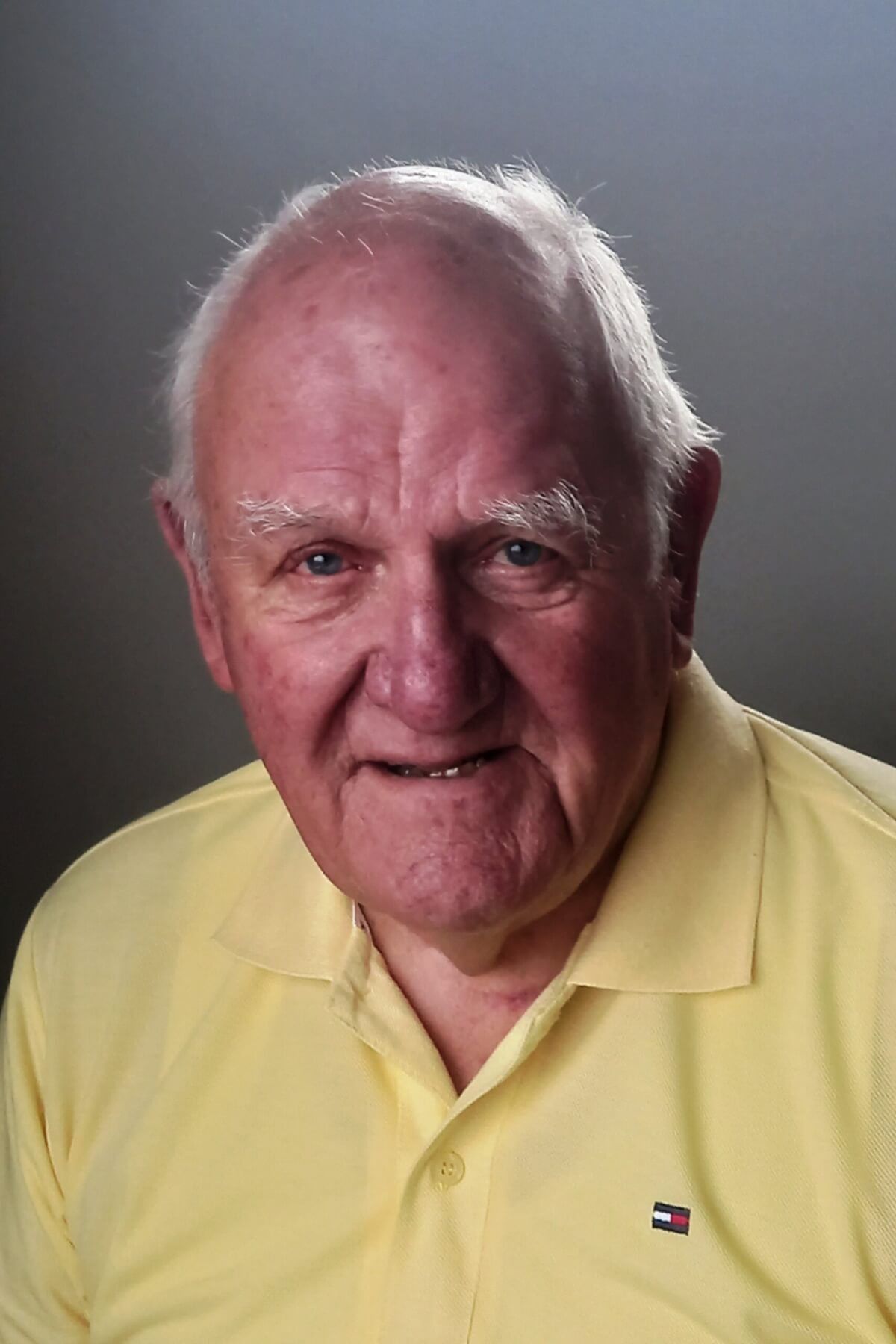
Peter Carr
Over the recent holiday period we drove south to Wellington on the family Christmas pilgrimage.

Peter Carr
As time is not of the essence as to which day we travel we usually opt for a Sunday (for both legs) to avoid the heavy and somewhat scary presence of large B-train trucks.
This is not in any way a criticism of the drivers of those vehicles but the frustration that the leviathans cause by their physical towering and visually route-blocking frustration.
In fact, I am saddened often when I read media reports that an accident has been ‘caused’ by a truck when, in effect, that truck was part of a two-vehicle problem. The speed factor of the incident was most probably caused by a car.
But this message is not about tucks. It is about drivers – many of whom rarely attempt 500-plus kilometres on a single run – whereas the truck driver is constantly aware of the effects of long-distance motoring.
So, to what extent are the car drivers given tools (other than mental common sense) to ameliorate the damage and physical injury factor to warn of impending danger?
This week I have been reading a well-respected New Zealand transport-directed professional magazine which caused me to think about the safety factors and how they can be addressed – and twinned that reading with our most recent long-distance experience.
Firstly, our very modern Japanese built car has several sensors aimed at warning of the presence of other vehicles – especially when they are overtaking. Our frequently used cruise facility ensures that we do not go nearer than 100 meters to the vehicle in front and pulls us back to equate their sped.
There are 12 cameras around the car that assist, inter alia, with safe parking, presence of close (too close) vehicles and a host of other support facilities.
One of them is most useful – it gauges (and warns) when the driver’s behaviour is leading towards sloppy driving and suggests a coffer break.
The magazine article goes much further with a very interesting report on a safety tool that is being trialled on trucks.
This item covers a plethora of safety factors including the ability to recognise and report on the drowsiness factor of the driver by a camera focussed on his eyelids.
Many drivers (good drivers at that) do not understand or admit to ‘mini sleeps’ where a three second drop of the eyelids is a key factor towards losing control.
On both south and northbound trips, the general driving of cars was very good and if we are going to be ‘picky’ and recognise the instances of stupidity and unnecessary haste by a certain class of vehicle then it is hands-down those gripping the steering wheel and pushing the pedal of wide and powerful ‘utes’.
This is not about tradies and their need to use such vehicles for work – it is a class of driver where the link between sensible care and awareness of others is a missing link in many cases.

The News’ columnist Peter Carr catches up with Waipa councillor Mike Montgomerie at the Meet the Waipa CEO event held in the Town Hall. Photo: Mary Anne Gill.








